Increase your social media activity with our help
Effectively promote your social networks
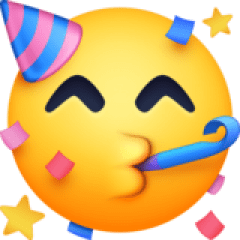
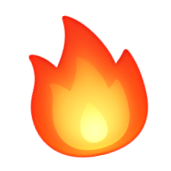
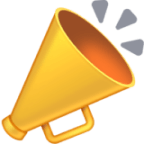
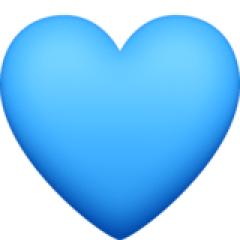
Your content will be more visible to a wider audience
Help you correct negative reviews or repair your image.
Creates an impression of popularity and increases credibility
We are committed to the speed and quality of our services. You can also set limits
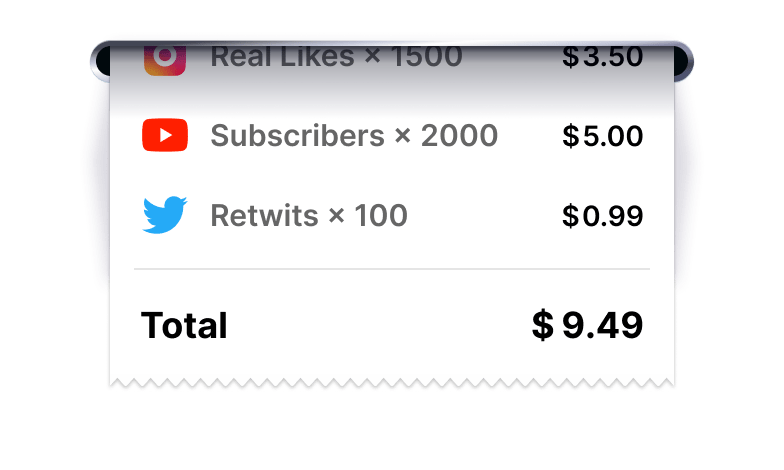
Convenient API and a variety of payment methods. Get maximum benefit thanks to low prices.
Start Nowwe ordered a recruitment for our telegram channel and, frankly speaking, we were pleasantly surprised by the quality - the names are not random and all with avatars, we ordered for the start of the telegram channel. I recommend the service!
everything was clear, subscribers came within 3 hours, ordered some to test, all ok
i used instagram, subscribers came quickly and no problems with the account, I recommend it
needed subscribers to a telegram channel, everything came quickly and the quality is good
Any guarantees?
Is this secure?
How to track my order?
Are followers real?
promote on social networks with us
boost your business on social networks: Instagram, VK, YouTube, Twitter, OK, Telegram